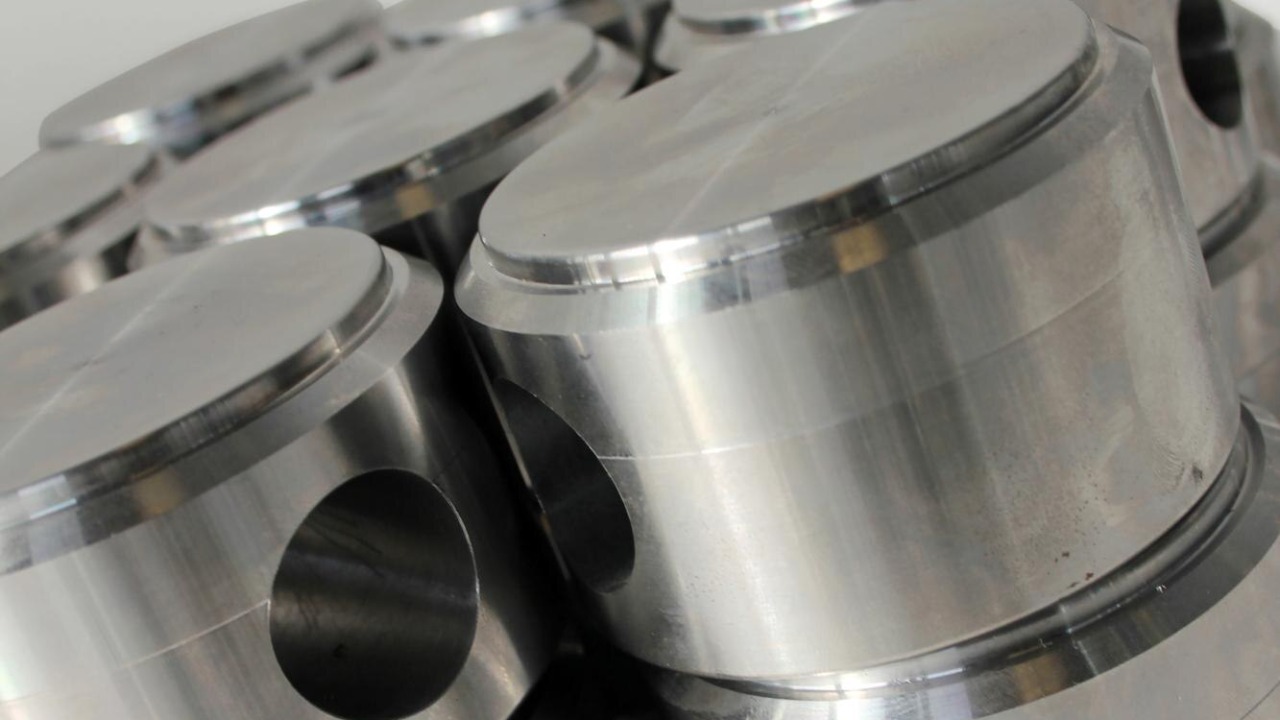
In a groundbreaking development, scientists have created a superalloy that remains unmelted under extreme temperatures, as announced on October 23, 2025. This innovative material is poised to revolutionize energy production by enhancing the efficiency and durability of turbines and jet engines. By withstanding conditions that would typically destroy conventional alloys, this superalloy addresses long-standing challenges in high-heat environments, potentially transforming machinery across various industries.
The Breakthrough in Alloy Engineering
The newly developed superalloy exhibits remarkable resistance to melting at temperatures far exceeding those of traditional materials. This breakthrough was reported in an announcement on October 23, 2025, highlighting the alloy’s potential to withstand extreme heat without losing structural integrity. The forging process employed by scientists integrates elements that provide superior thermal stability, although specific details about its composition remain undisclosed. This innovative approach ensures that the alloy maintains its form and function even in the most demanding conditions.
To verify the heatproof capabilities of this superalloy, rigorous testing methods were employed. These tests simulated extreme conditions to ensure that the alloy could maintain its integrity under intense heat. The results confirmed the material’s ability to endure temperatures that would typically cause conventional alloys to fail, marking a significant advancement in alloy engineering. This development promises to enhance the performance and longevity of machinery operating in high-temperature environments.
Mechanisms Behind Heat Resistance
The scientific principles enabling the superalloy to resist melting are rooted in enhanced atomic bonding. This bonding prevents phase changes under heat, allowing the material to maintain its structure even at elevated temperatures. The design of the alloy also counters oxidation and deformation, which are common challenges faced by materials exposed to high heat. This resistance to environmental degradation underscores the alloy’s revolutionary potential in energy applications.
Laboratory demonstrations have showcased the superalloy’s ability to withstand prolonged exposure to intense heat without failure. These demonstrations provide tangible evidence of the material’s robustness, highlighting its suitability for use in environments where conventional alloys would falter. By maintaining its integrity under such conditions, the superalloy opens new possibilities for energy production and industrial applications.
Applications in Turbines and Jet Engines
The introduction of this superalloy could significantly transform turbine technology. By allowing turbines to operate at higher temperatures, the alloy can boost the efficiency of power generation systems. This increase in operational temperature not only enhances performance but also reduces the need for frequent maintenance, leading to cost savings and increased reliability in energy infrastructure.
In the realm of aviation, the superalloy’s impact on jet engines could be profound. The material’s heat tolerance allows for the development of lighter, more efficient engine components. This advancement can lead to improved fuel efficiency and performance, offering substantial benefits to the aerospace industry. The potential for reduced maintenance needs and extended component lifespan further underscores the alloy’s value in aviation applications.
Broader Implications for Energy and Industry
The superalloy’s potential to revolutionize energy sectors extends beyond turbines and jet engines. By enabling higher-efficiency systems in both renewable and fossil fuel technologies, the alloy could drive significant advancements in energy production. This improvement in efficiency could lead to lower emissions, contributing to environmental sustainability and aligning with global efforts to reduce carbon footprints.
However, the widespread adoption of this superalloy faces challenges, particularly in scaling production. The cost and complexity of manufacturing the material on a large scale present hurdles that must be overcome for its benefits to be fully realized. Addressing these challenges will be crucial to ensuring that the superalloy’s potential is harnessed across industries, paving the way for a new era of energy efficiency and industrial innovation.
For more details on this groundbreaking development, you can read the full reports on ScienceDaily and Asianet News.
More from MorningOverview